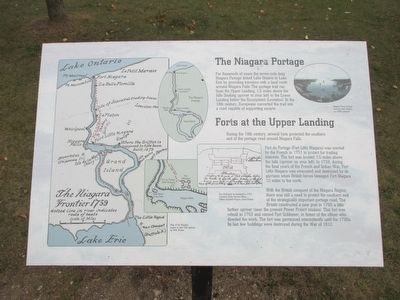Welcome to the Western Promenade Historic District, a nationally recognized area rich with history and charm located in the heart of Portland, Maine. This neighborhood, officially recognized as a historic district in 1989, is a testament to Portland’s architectural and cultural legacy.
The Western Promenade itself was designed in the late 19th century, with its establishment dating back to the 1830s when Portland was expanding rapidly due to its thriving industrial economy. The promenade was part of a broader movement to create public green spaces in urban areas, championed by figures such as Frederick Law Olmsted, although he was not directly involved in this project.
Throughout the late 19th and early 20th centuries, the Western Promenade became a highly desirable residential area. It attracted some of Portland’s most prominent citizens, including influential politicians, successful entrepreneurs, and wealthy industrialists who built grand homes here, many of which still stand today.
One notable resident was James Phinney Baxter, a six-term mayor of Portland and a significant figure in the city’s development. Baxter was instrumental in the city’s park system, and his influence can be seen in the layout and design of the Western Promenade.
As you walk or drive through this historical district today, you’ll notice a stunning array of architectural styles, from Victorian and Colonial Revival to Shingle Style and Queen Anne. These homes reflect the affluence and diversity of styles popular during the district’s peak development era.
The Western Promenade has also been a witness to Portland’s broader history. During World War II, Portland’s strategic location made it a key site for defense operations. While the district itself was not directly involved in military activities, it was part of the city that supported wartime efforts.
Today, the Western Promenade Historic District remains a vibrant neighborhood, balancing its rich past with modern living. It offers breathtaking views of the Fore River and the White Mountains, making it a cherished part of Portland’s landscape.
As you explore, imagine the bustling days of the early 1900s, when horse-drawn carriages would navigate these streets, and residents would stroll along the promenade, enjoying the fresh air and the stunning views, much as they do today.


